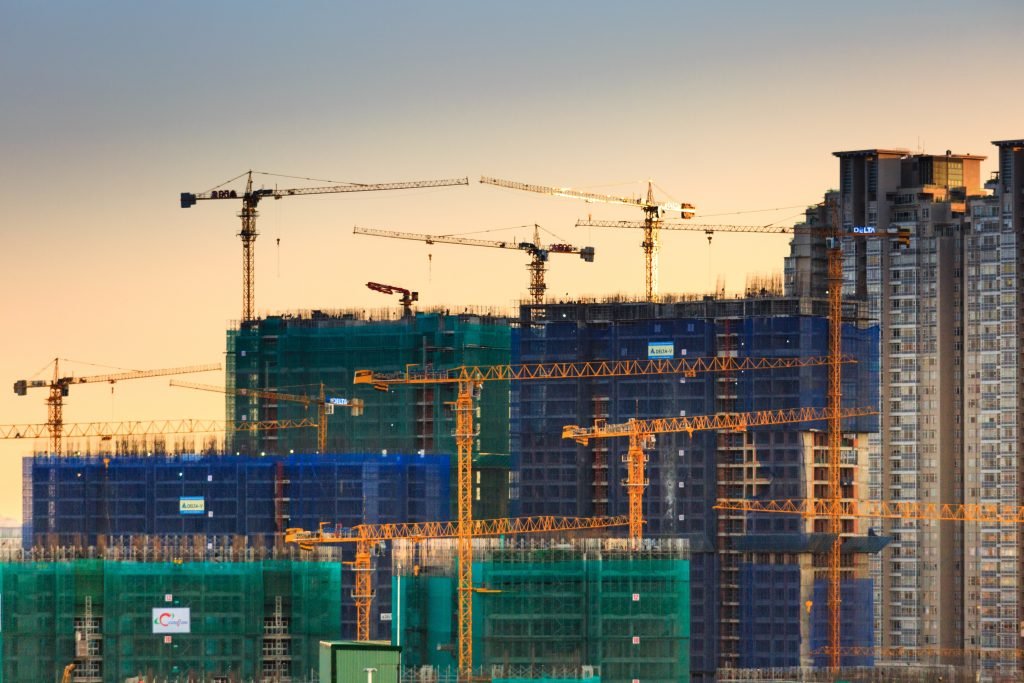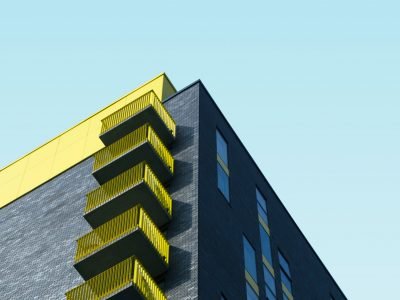The capital allowances super deduction and special rate (SR) policies enable business owners to claim up to 130% tax relief on eligible plant and machinery costs. Although these tax incentives ended on 31st March 2023, you can still claim for some expenditure incurred before then. Our capital allowances consultant Thomas Webb shares key information on how the reliefs work and how you can claim.

The super deduction and special rate (SR) allowance were announced by the UK Government during the Spring Budget 2021.
The temporary tax incentives came into effect on 1st April 2021 and ended on 31st March 2023, with the super deduction being replaced by full expensing. This has left a small window to maximise the availability of the reliefs. An important factor is that contracts must be entered into from 3rd March 2021, with spend being incurred from 1st April 2021.
Companies have two years to file tax returns so you may still be able to claim on eligible expenditure incurred during 2022 and 2023.
The headline rates are 130% for the super deduction and 50% for the SR allowance. An important distinction is that both the super deduction and SR allowance are uncapped, whereas the annual investment allowance, which is also available for companies, is capped at £1 million.
If you are not familiar with capital allowances and how they can benefit your business, find out more in our ‘What are capital allowances and how can they help your business?‘ article.
Who can claim the super deduction and SR allowance?
Any company that is subject to corporation tax can claim the super deduction. Sole traders and individuals are not eligible to claim because they do not pay corporation tax.
HMRC recently announced that partnerships with a corporate member (i.e. mixed partnerships) would be able to claim the super deduction. A corporate partnership is also eligible for the reliefs. Specialist advice should be taken where this could be applicable to ensure that the rules are adhered to.
How does super deduction work?
The capital allowances super deduction offers a 130% first-year tax relief on corporation tax for new and unused assets that would traditionally be pooled within the main rate pool.
For example, if your company spends £100,000 on plant, you would claim £130,000 (130% of £100,000), resulting in a real time tax saving of £24,700 in the year that the expenditure has been incurred, as opposed to £19,000 with 19% being the corporate tax rate.
Chargeable periods spanning 1st April 2023
However, where the chargeable periods span 1st April 2023, the 130% is reduced and replaced by ‘the relevant percentage’.
| Chargeable period year end | Relevant percentage |
| 31st March 2023 | 130% |
| 30th April 2023 | 127.6% |
| 31st May 2023 | 125% |
| 30th June 2023 | 122.6% |
| 31st July 2023 | 120% |
| 31st August 2023 | 117.5% |
| 30th September 2023 | 115% |
| 31st October 2023 | 112.5% |
| 30th November 2023 | 110% |
| 31st December 2023 | 107.4% |
| 31st January 204 | 104.9% |
| 29th February 2024 | 102.6% |
| 31st March 2024 | 0% |
Which assets qualify for super deduction?
The 130% capital allowances super deduction rate can only be claimed for plant and machinery additions. Some assets that qualify for super deduction include:
- Office equipment (e.g. desks and chairs)
- Machinery such as door furniture, lathes and planers
- Certain vehicles including vans, lorries and tractors
- Construction equipment such as bulldozers, excavators and compactors
- Warehousing equipment such as forklift trucks, stackers and pallet trucks
- Fire alarm systems
- Kitchen and bathroom fittings – sanitaryware
What qualifies for special rate pool?
SR allowance can be claimed on the following special rate assets:
- The ‘integral features’ of a building, such as lifts, air-conditioning and electrical systems
- Solar panels
- Thermal insulation purchased for existing buildings
- Long life items (classified as assets with a useful life of at least 25 years)
The importance of timing your claim
From 1st April 2023, the super deduction is being withdrawn and replaced by full expensing. The SR allowance is remaining.
The main aim for claiming the first year reliefs is timing and cash flow advantage, with the value being recognised in the year expenditure has occurred, freeing up cash for future projects. As first year allowances, there will be a two year window to claim the relief with statutory accounting principles.
Companies can opt out and claim writing down allowances on the expenditure (at 18% and 6% respectively) if they do not wish to claim the super deduction and SR allowance.
It should be noted that the current Annual Investment Allowance (AIA) enables companies to claim 100% relief on most plant and machinery expenditure costs up to a value of £1 million. As a result, after the corporation tax increase, businesses will be able to claim relief on the full 25% tax rate for eligible expenditure via the AIA.
How to claim super deduction and SR allowance
You can check if your business is eligible to claim super deduction and special rate first year capital allowances on the Government website.
The only way to ensure that you claim the full relief you are entitled to is by working with a capital allowances expert. At PKF Smith Cooper, we provide specialist capital allowances support in Nottingham, Derby and across the Midlands. For an evaluation of your company’s assets or to discuss future investment plans, contact us today to arrange a consultation call with one of our capital allowances team.




